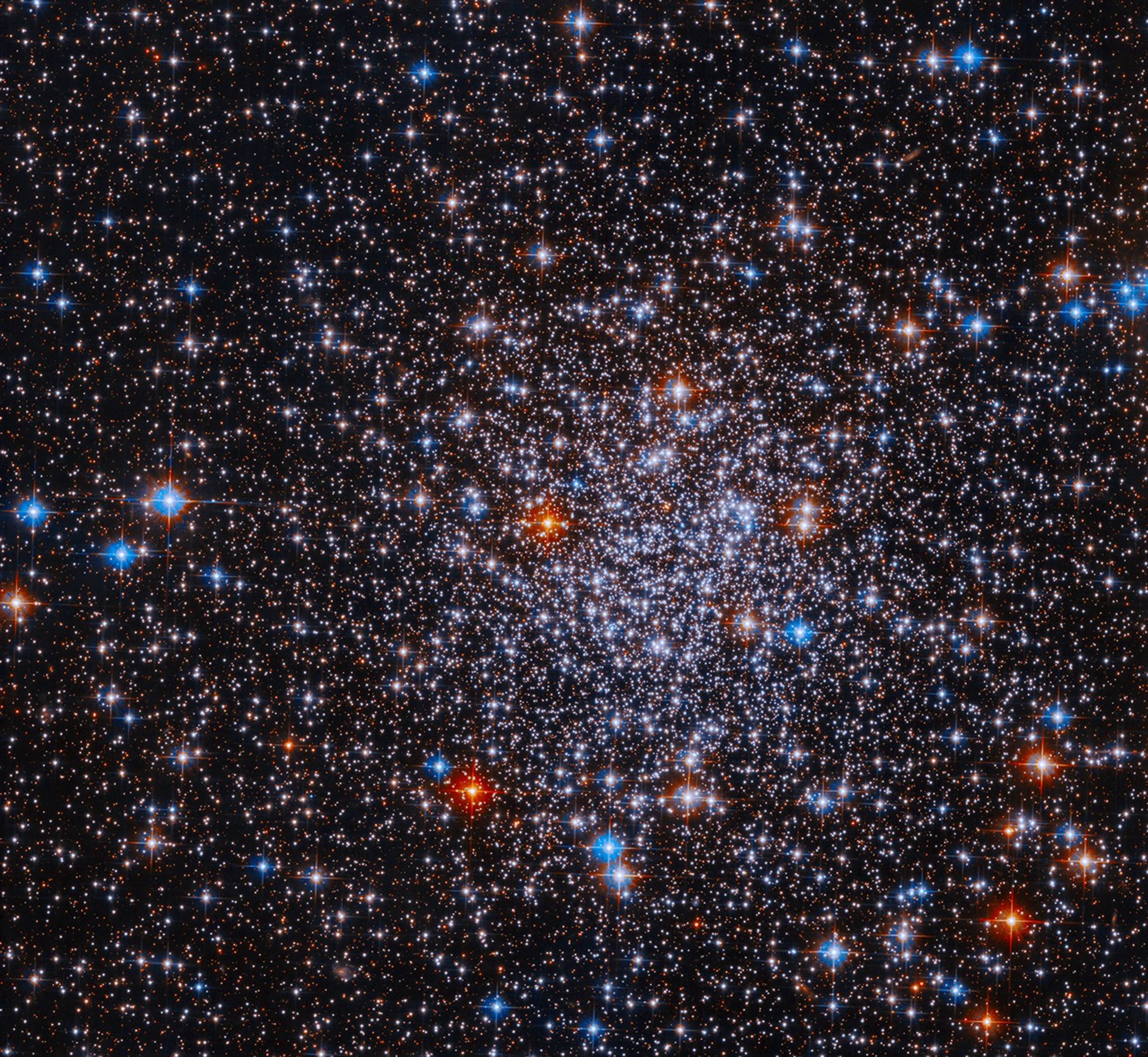Discovered on Jan. 1, 1801 by Giuseppe Piazzi of Italy, Ceres is the largest object in the asteroid belt - the strip of solar system real estate between Mars and Jupiter. On March 6, 2015, NASA's Dawn spacecraft will arrive at Ceres, marking the first time that a spacecraft has ever orbited two solar system targets. Dawn previously explored the protoplanet Vesta for 14 months, from 2011 to 2012, capturing detailed images and data about that body. Dawn has entered its approach phase toward Ceres, and the next couple of months promise continually improving views prior to arrival. By the end of January, the spacecraft's images and other data will be the best ever taken of the dwarf planet.
This image of Ceres was taken by the Advanced Camera for Surveys on NASA's Hubble Space Telescope between December 2003 and January 2004. Hubble images of Vesta and Ceres helped astronomers plan for the Dawn spacecraft’s tour. Astronomers enhanced the sharpness in the image to bring out features on Ceres' surface, including brighter and darker regions that could be asteroid impact features. The observations were made in visible and ultraviolet light.
The colors represent the differences between relatively red and blue regions. These differences may simply be due to variation on the surface among different types of material. Ceres' round shape suggests that its interior is layered like those of terrestrial planets such as Earth. Ceres may have a rocky inner core, an icy mantle, and a thin, dusty outer crust inferred from its density and rotation rate of 9 hours. Ceres is approximately 590 miles (950 kilometers) across.































